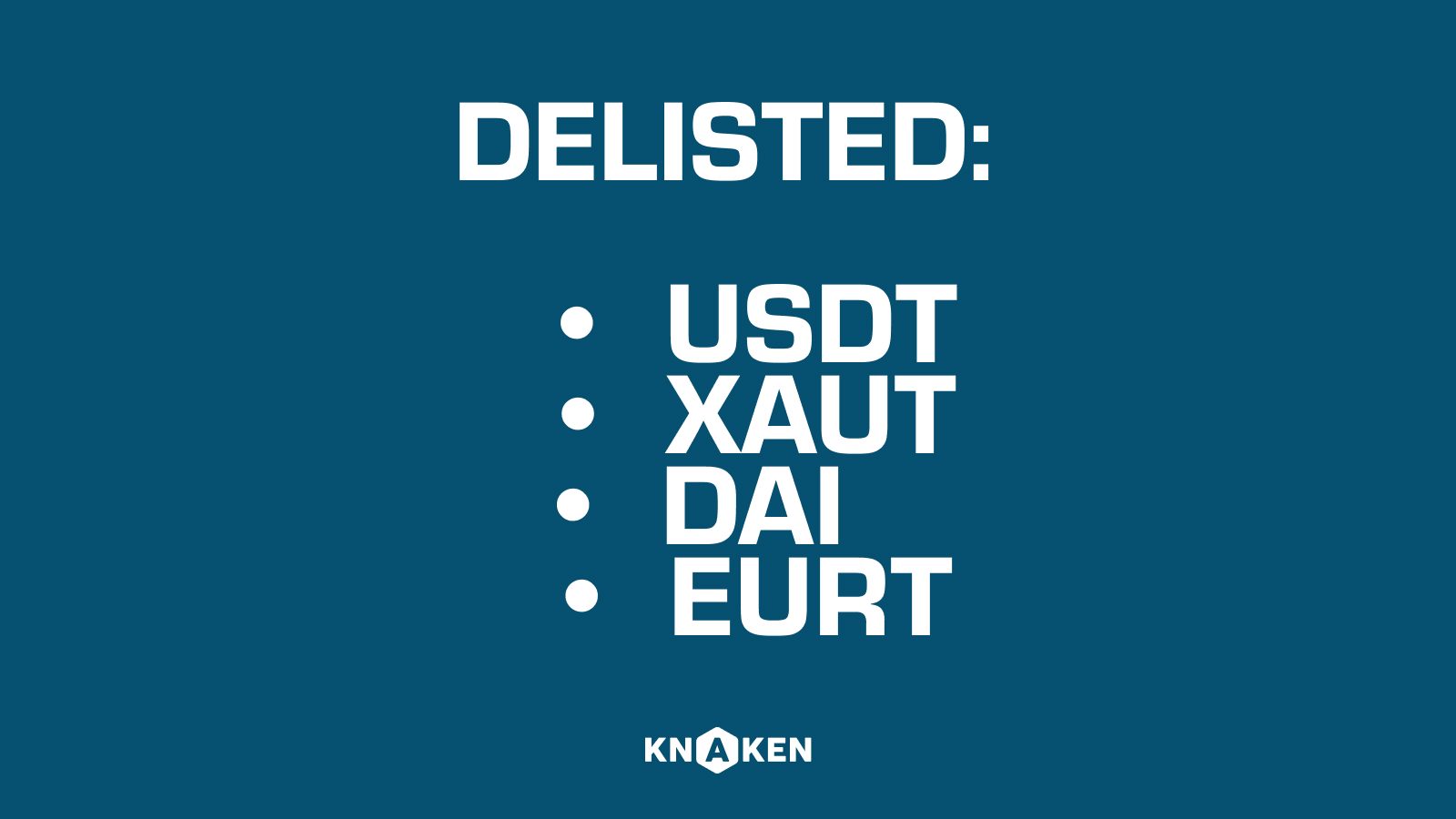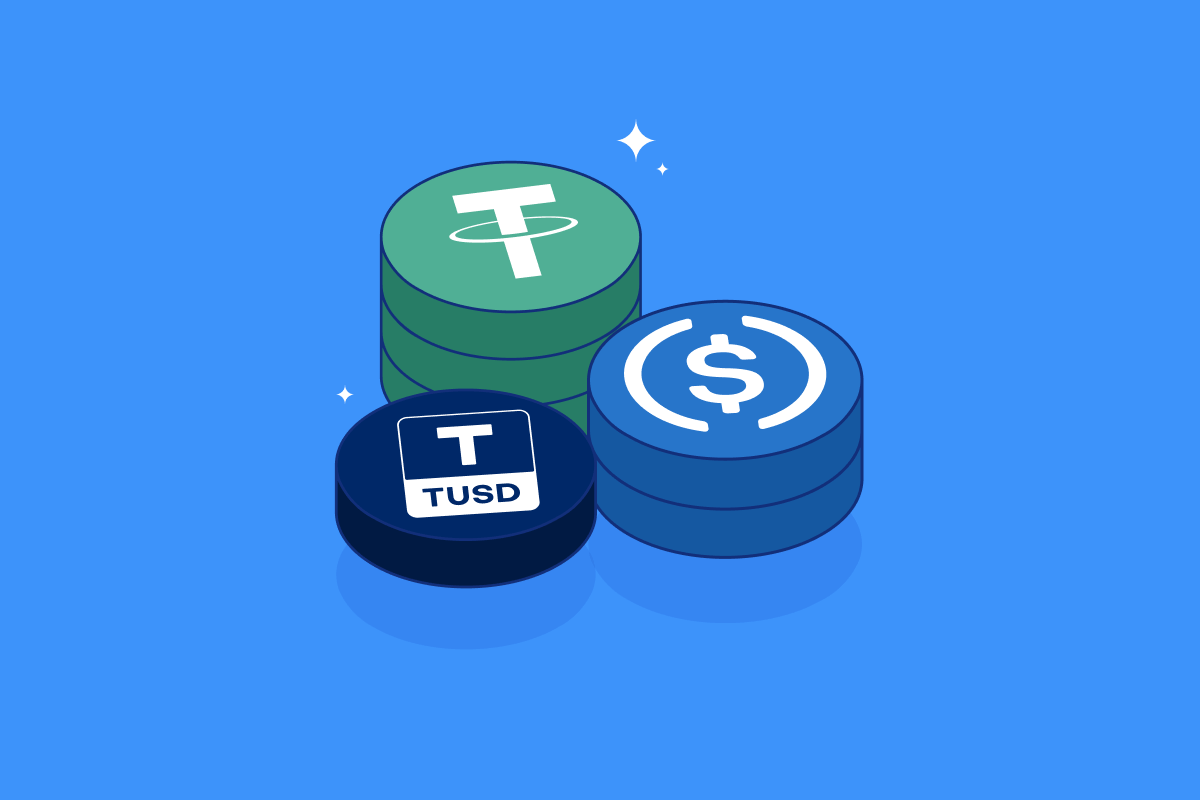Slashing in Cryptocurrency
Introduction to Slashing
Slashing is a mechanism used in various proof-of-stake (PoS) cryptocurrencies to promote good behavior among validators and prevent malicious activities. This process involves penalizing validators who act against the network’s best interests, thereby maintaining the network’s integrity and security.
The Purpose of Slashing
The primary objectives of slashing include:
- Security: By incentivizing correct behavior, slashing minimizes the risk of malicious acts that could compromise the network.
- Trust: Ensures that validators act in the best interest of the blockchain, increasing overall trust in the ecosystem.
- Decentralization: Encourages a diverse set of validators to participate actively, reducing the likelihood of centralization.
- Network Reliability: Maintains high network performance and reliability by deterring validators from misbehavior.
How Slashing Works
The slashing mechanism typically operates as follows:
- Offenses: Validators may face slashing for various offenses, including double-signing blocks, being offline for extended periods, or attempting censorship.
- Punishments: The penalty usually involves a percentage of the validator’s staked assets being forfeited, which may vary based on the severity of the offense.
- Reporting: Other validators or network participants can report misbehavior, triggering the slashing process.
- Automated Processes: Smart contracts and decentralized protocols often automate the slashing process to ensure transparency and efficiency.
Types of Slashing
Different cryptocurrencies implement slashing mechanisms in unique ways. Some common types include:
- Inactivity Slashing: Penalizes validators that are offline or fail to participate in the consensus process, promoting reliable validation services.
- Double-Signing Slashing: Imposes penalties on validators that create multiple conflicting blocks, a behavior indicative of malicious intent or severe mismanagement.
- Equivocation Slashing: Similar to double-signing, this occurs when a validator signs two different versions of a block at the same height, leading to potential network splits.
Impact of Slashing on Validators
Validators should understand the implications of slashing on their operations. Key points include:
- Risk Management: Validators must implement strategies to mitigate risks associated with slashing, such as ensuring reliable infrastructure and maintaining uptime.
- Staking Requirements: A substantial amount of crypto is often required to stake, meaning potential losses from slashing can be significant.
- Community Trust: Good standing within the community is crucial; maintaining high reliability lowers the chances of being reported for misbehavior.
Examples of Cryptocurrencies Using Slashing
Several prominent cryptocurrencies employ slashing, including:
- Ethereum (ETH): Ethereum’s transition to PoS in Ethereum 2.0 includes robust slashing mechanisms to maintain network integrity.
- Tezos (XTZ): Tezos implements slashing for double-signing and other forms of misbehavior to protect its governance model.
- Cosmos (ATOM): Cosmos utilizes slashing to enforce validator accountability and strengthen its interconnected ecosystems.
Conclusion
In summary, slashing serves as a critical component in the governance of PoS networks, working to ensure that validators remain honest and effective in their roles. By understanding slashing, participants can engage more responsibly within the cryptocurrency space, protect their investments, and contribute to the overall health of the blockchain ecosystem. As the crypto landscape continues to evolve, the importance of slashing mechanisms will likely grow, underscoring the need for robust frameworks that promote validator accountability and network security.


















